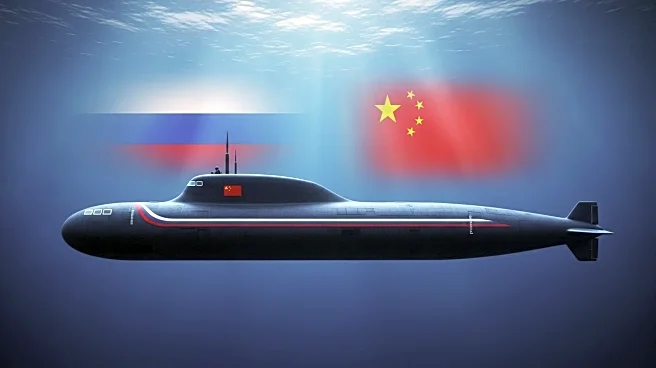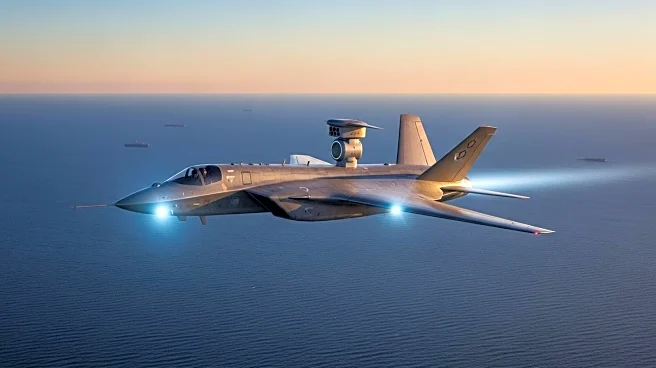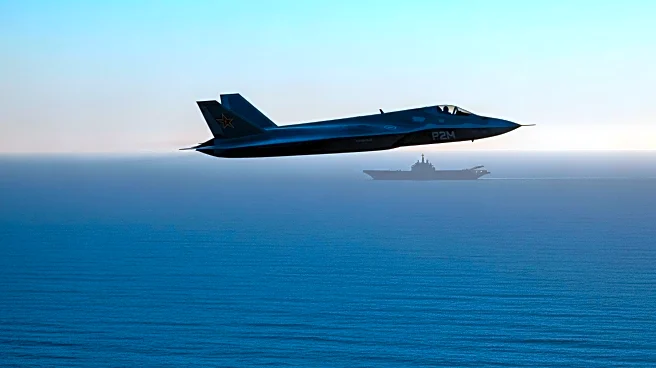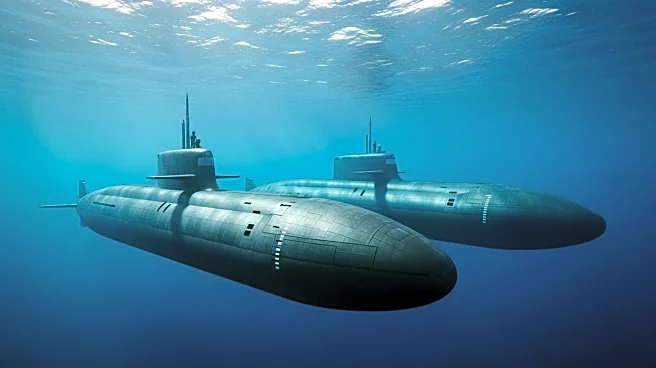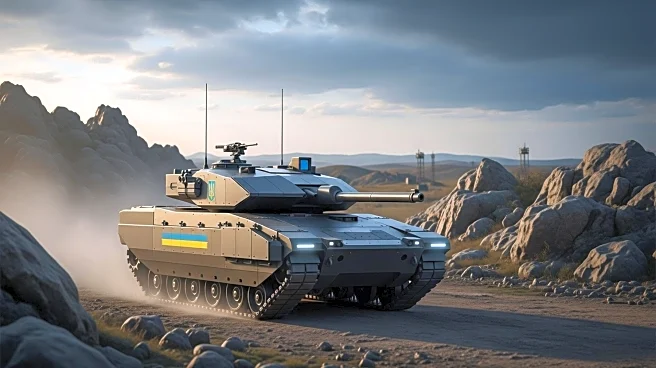What's Happening?
The U.S. Navy is deploying maritime patrol aircraft to the Western Pacific to bolster regional security in response to China's growing naval presence. Singapore has joined other countries in acquiring U.S. maritime patrol aircraft, such as the P-3 Orion and P-8 Poseidon, designed for anti-submarine warfare. This move is part of a broader strategy to arm Western Pacific allies with military hardware to deter Chinese aggression. The U.S. Navy's rotational deployment of patrol aircraft aims to honor security commitments and contribute to regional stability.
Why It's Important?
The deployment of U.S. maritime patrol aircraft in the Western Pacific is crucial for maintaining regional security amid China's rapid naval expansion. By equipping allies with advanced military hardware, the U.S. seeks to deter potential Chinese aggression and ensure stability across strategic island chains. This strategy not only strengthens defense capabilities but also reinforces U.S. influence in the region, countering China's growing military presence. The move highlights the importance of international cooperation in addressing security challenges posed by China's naval ambitions.
What's Next?
The U.S. may continue to receive orders for P-8 aircraft from Western Pacific countries to enhance anti-submarine capabilities. As China's naval fleet grows, further military collaborations and equipment upgrades among U.S. allies are likely. The ongoing Sino-Russian partnership and joint patrols may prompt additional strategic responses from the U.S. and its allies to safeguard regional interests.
Beyond the Headlines
The deployment of U.S. maritime patrol aircraft reflects broader geopolitical tensions in the Asia-Pacific region. The growing Sino-Russian partnership and China's naval ambitions could lead to increased military engagements and strategic alliances. The situation underscores the need for diplomatic efforts to manage regional security dynamics and prevent potential conflicts.



